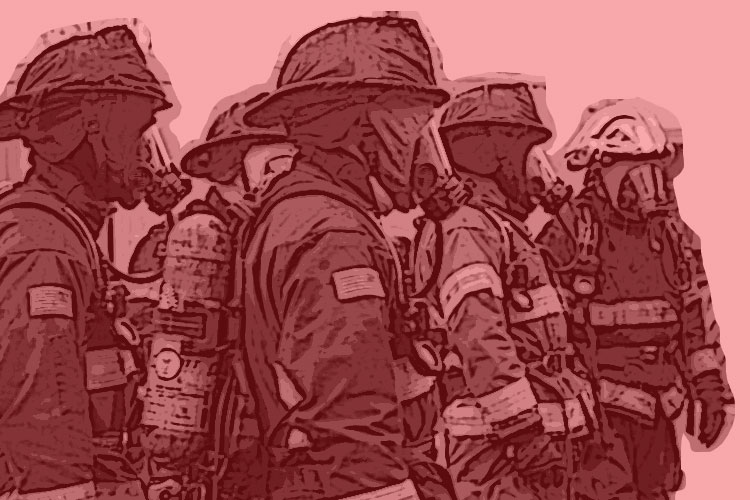
The Centers for Disease Control (CDC) recently reported that nearly 80 percent of the COVID-19 patients that required hospitalization, needed a ventilator, or died were either overweight or obese. This was a significant co-morbid predictor of poorer outcomes and should give us pause in light of the additional general population statistics on overweight and obese adults in the United States. In fact, the CDC reported that 42 percent of the U.S. population was considered obese in 2018, with obese being defined as a body mass index of equal to or greater than 30.
It has been reported that more than 70 percent of U.S. firefighters are overweight or obese, exceeding the national average for adults and presenting a major threat to their health, wellness, and ultimately survival. Obesity was associated with increased risk of high blood pressure, cardiovascular disease, job-related disability, and death in the line of duty. One study in firefighters reported that despite being at risk with excess weight or in fact obese, only 30 percent received medical guidance on the health importance of losing weight. The same study found that department who had healthcare professionals specializing in firefighters and familiar with the wellness-fitness initiative, which recommends annual medical evaluations, were more likely to be encouraged to lose weight for their health risk and injury risk. In fact, departments that incorporate the National Fire Protection Association (NFPA) Standard 1583 fitness assessment into their annual medical evaluation process have a tremendous opportunity to not only conduct body composition assessment but also provide invaluable point-of-contact-coaching.
Obesity increases the likelihood of various diseases and conditions, particularly cardiovascular diseases, Type 2 diabetes, obstructive sleep apnea, certain types of cancer, osteoarthritis, and depression. Firefighters have 13 essential job tasks that must be performed according to NFPA 1582, Standard on Comprehensive Occupational Medical Program for Fire Departments. Firefighters’ essential job functions are measured in “Metabolic Equivalent of a Task” values or “MET” values. This is the rate of oxygen consumption during a task as compared to resting, and can be used to compare levels of exertion across various types of activities. As a reference point for most, humans at rest consume one MET. NFPA Standard 1582 speaks to an aerobic capacity of 12 MET or below as a medical condition for a firefighter. The reality of firefighting is that search and rescue activities under smoke conditions require 16 METS. As a comparison, professional football players operate in the oxygen consumption range of 15-16 METS, while it has been measured that professional soccer players operate 17-18 METS. So, yes, the reality is that you as a firefighter are expected, through performing essential job functions, to be on part with a professional athlete—or, more appropriately, a “tactical athlete.”
While some studies have reported firefighter vaccination rates of on 45 percent for COVID 19, it is important to be cognizant that, with the virus still present among populations, weight is a significant factor that first responders must work to control. Lifestyle factors that contribute to excess weight also place firefighters at risk of cardiovascular events, diabetes, and certain cancers.
Much work has been done to demonstrate that providing nutritional resources to firefighters can have dramatic impacts addressing weight at the same time reduce risk of preventable health events. Combining patient coaching of firefighters by clinicians who are well schooled in firefighter occupational health risks and the performance expectations of the job can lead to healthier firefighters.

Todd J. LeDuc, MS, CFO, FIFirE, retired after nearly 30 years as assistant fire chief of Broward County, Florida, an internationally accredited career metro department. He served as chief strategy officer for Life Scan Wellness Centers, a national provider of comprehensive physicals and early detection exams. He has served as a member of the International Association of Fire Chief’s Safety, Health & Survival Section for over a decade and is currently secretary of the section. He is a peer reviewer for both professional credentialing and agency accreditation. He is editor of Surviving the Fire Service (Fire Engineering Books) and serves on numerous advisory boards and publications. He can be contacted at Todd. LeDuc@lifescanwellness.com
MORE
Firefighter Testosterone May Hold Cardiovascular Clues

